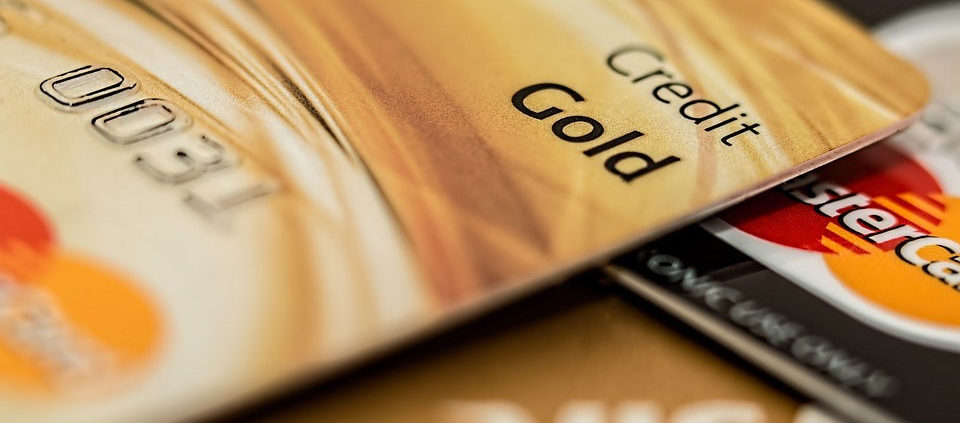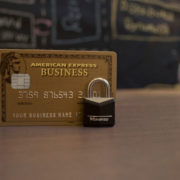How To Keep Credit Card Debt Down During College
Dealing with Credit Card Debt in College
Academics are not the only priority students need to make throughout college. The hundreds of textbooks, tuition payments, school supplies, and outings usually add up quickly and tend to leave thousands of recent graduates with a daunting amount of credit card debt from their time in college. The good news is that, while getting into that financial rut tends to be a lot easier than many people think, getting debt relief is possible and builds lifelong habits that will streamline your success.
To make sure you are not one of the many who graduates with an ‘F’ in financial responsibility, sit down and take some notes on how you can keep your credit card debt down in college.
Make Financial Health A Priority
Before even attempting to understand the ins and outs of getting your own credit card, it is crucial to understand that your financial well-being can directly affect your overall health. Place your financial success on the same pedestal as your academic and health accomplishments and think of your finances as a priority instead of a resource.
Imagine, for example, that you are standing in the middle of a platform that is balanced by your priorities in its four corners: mental, emotional, physical, and financial. If one of those corners is too heavy or too light, you fall over and it becomes difficult to regain balance. Accruing too much credit card debt in college has the same impact — as soon as you let it get too heavy, you become unbalanced and it is difficult to get back on your feet. Money is not everything, but it definitely impacts your general quality of life and should be treated as such.
Don’t Overindulge in Card Offers
Almost as soon as you open your first textbook, you will likely be swarmed with dozens of credit card offers. As tempting as it is to apply to each one, credit cards are not free money and you can find yourself in serious financial trouble if you are not careful. That being said, having a credit card is a great way to build your credit score to help you get better student loans or maybe even get a new car when it comes time to begin your career.
An optimal choice to minimize credit card debt for college students is a credit card designed specifically for students. These cards will have significantly lower interest rates and fees and sometimes even have special offers for full-time students, such as deferred payment methods or cashback opportunities. Regardless of which card you choose, make sure to limit the number of credit accounts you open and to check all the fine print before signing up.
Familiarize Yourself With FICO
A’s are not the only scores to strive for throughout college. When opening lines of credit, it is absolutely essential to understand that every account plays into your overall FICO credit score. This score acts as your financial grade point average, and is generally the first impression businesses and banks get of you when you seek more financial opportunities in the future, whether that be applying for another credit card or loan, purchasing a car, or renting an apartment or home.
FICO scores are determined by multiple factors and range from 300 to 850 where 850 is excellent and 300 is poor. Thirty percent of your overall score depends on how much you owe and how much available credit remains, 35 percent depends on your payment history, 15 percent is determined by the length of your credit accounts, 10 percent is determined by the types of credit you have, and the remaining 10 percent of your score depends on how much of your credit is new. The higher you allow your credit card debt to grow in college, the lower your score will likely be upon graduation and the more difficult delving into adulthood may be.
Aim For An ‘A’
Now that you understand your FICO score a little better, it is important to work hard to improve it. A high credit score means you are considered a low risk to potential lenders and can help lower interest rates while increasing spending limits and financial flexibility. To ace your financial literacy and set the curve for credit card debt for college students, set a plan to improve your FICO score.
This can be done by making higher payments more regularly, using your credit for smaller purchases that you can pay off within the billing cycle, keeping accounts open for longer terms, and refraining from maxing out your card every few months. Generally speaking, students who own credit cards are most successful when using the cards only for essential items or for emergency situations. Never use your credit card for luxury weekend excursions or to treat yourself to an expensive item that you wouldn’t be able to afford without a large line of credit.
Work, Work, Work and Work A Little More
Yes, college is difficult and academics take priority, but a little scheduling and time management can go along way, especially when trying to build your financial repertoire. Getting a couple part-time jobs, freelancing gigs, babysitting opportunities, or even a full-time job can significantly lower your chances of going into extreme debt, especially if your first few months of financial freedom took a heavy hit on your bank account. This is not to suggest that every student has to work 60 hour weeks on top of courses and extracurriculars, but if you do happen to come across a financially burdensome situation, it is always better to try and solve it sooner rather than later.
College is all about learning and planning for a successful career in the future, but a big part of that education comes in the form of financial literacy. Take the necessary steps to stay out of credit card debt in college and you will be sure to secure the positive and successful financial future you have always dreamed of.














Leave a Reply
Want to join the discussion?Feel free to contribute!